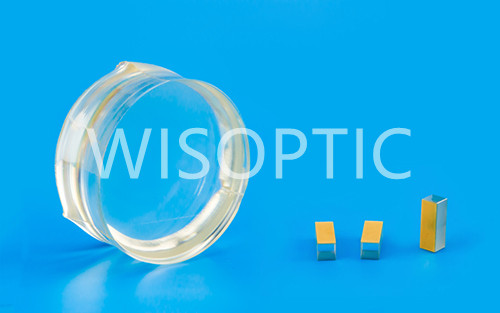The current 5G deployment includes sub-6G band of 3 to 5 GHz and millimeter wave band of 24 GHz or higher. The increase of communication frequency not only requires the piezoelectric properties of crystal materials to be satisfied, but also requires thinner wafers and smaller interfingered electrode spacing, so the fabrication process of devices is greatly challenged. Therefore, the surface acoustic filters prepared from LN crystal and lithium tantalate crystal, which were widely used in 4G era and before, are facing the competition of bulk acoustic wave device (BAW) and thin film bulk acoustic resonator (FBAR) in 5G era.
The research of LN crystal in higher frequency filter has made rapid progress, and the preparation technology of materials and devices still shows great potential. In 2018, Kimura et al. prepared a 3.5 GHz longitudinal leaky sound surface wave device based on 128°Y LN chip. In 2019 Lu et al. prepared a delay line using LN single crystal film with a minimum insertion loss of 3.2 dB at 2 GHz, which can be applied to enhanced mobile broadband (eMMB) of 5G communication. In 2018, Yang et al. prepared LN resonato with central frequency 10.8 GHz and insertion loss 10. 8 dB; In the same year, Yang et al. also reported 21.4 GHz and 29.9 GHz resonators based on LN crystal film, which further demonstrated the potential of LN crystal in high frequency devices. Researchers believed that it could meet the demand for miniaturized front-end filters in Ka band (26.5 ~40 GHz) in 5G network. In 2019, Yang et al. reported a C-band filter based on LN single crystal film, operating at 4.5 GHz.
Therefore, with the development of LN single crystal as a thin film material and new acoustic device technology, as one of the core devices of 5G communication in the future, the front-end RF filter based on LN crystal has an important application prospect.
High qualigy LN crystal and LN Pockels cell developed by WISOPTIC (www.wisoptic.com)
Post time: Feb-09-2022

